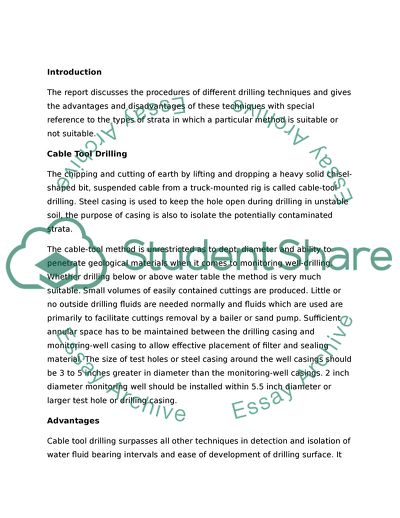Cite this document
(Ground Water Well Drilling Admission/Application Essay, n.d.)
Ground Water Well Drilling Admission/Application Essay. https://studentshare.org/education/1746189-water-well-drilling
Ground Water Well Drilling Admission/Application Essay. https://studentshare.org/education/1746189-water-well-drilling
(Ground Water Well Drilling Admission/Application Essay)
Ground Water Well Drilling Admission/Application Essay. https://studentshare.org/education/1746189-water-well-drilling.
Ground Water Well Drilling Admission/Application Essay. https://studentshare.org/education/1746189-water-well-drilling.
“Ground Water Well Drilling Admission/Application Essay”. https://studentshare.org/education/1746189-water-well-drilling.


